Is My Ducting Getting Old
Old ducting can be a serious danger to the building it is in, in addition to the ventilation of the building. That being said, there are some signs you can easily find that can tell you if your ducting is getting old, or needs replacement.
In this blog, we will answer the question ‘Is my ducting getting old?’
With new buildings being made to be as energy efficient as possible, and the UK aiming for 95% of its electricity usage to be low carbon by 2030, it is imperative to understand how we can make the most of our ventilation. This is where applications such as extractor fans and heat recovery ventilation units come in.
To prevent mould, fresh air should constantly be introduced into your dwelling daily, as it helps to regulate temperature and reduce condensation. Introducing fresh air can be as simple as having a ventilation routine, or installing extractors or MVHR units. Almost all of this is facilitated by ducting.
How long can ducting last?
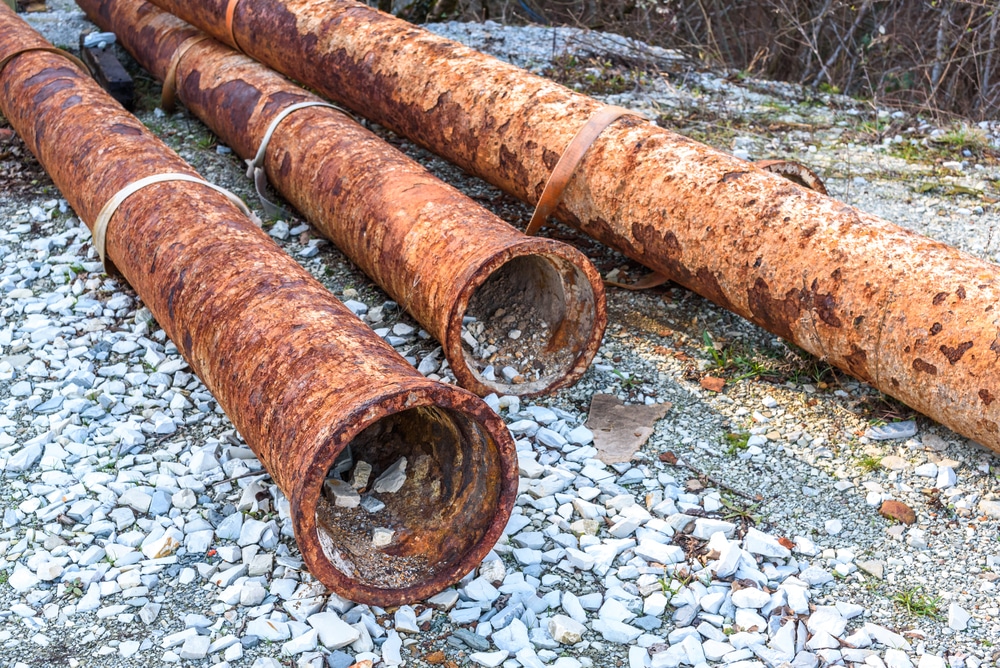
Ducting has a lifespan that can range depending on different factors. This can include the material its made from, its area and quality of installation, the quality of the ducting itself, and environmental factors. Below is a general outline to the lifespan of duciting.
- Metal ducting can last between 15 and 30 years. This has known to last longer with proper maintenance.
- Plastic ducting has a reduced lifespan compared to metal, coming in at around 10-15 years.
- Flexible ducting has the same lifespan as plastic ducting, due to the fact they can collapse, dry out, or tear over time.
Please note that these are just estimates, and they can be influenced by other factors including:
- Having a higher material quality. Which can usually be understood by the thickness and durability of the ducting.
- Installation has a large part to play in the lifespan of ducting, ensuring there is no stress on the ducting, and that everything installed with no error will benefit the ducting lifespan.
- The environment the ducting is installed in plays a part in the lifespan as exposure to extreme temperatures, moisture or direct sunlight can accelerate deterioration.
- Lack of maintenance can reduce the lifespan of your ducting, as small issues that can easily have been resolved can grow and become worse if no maintenance is conducted to spot and address them.
Is my ducting getting old?
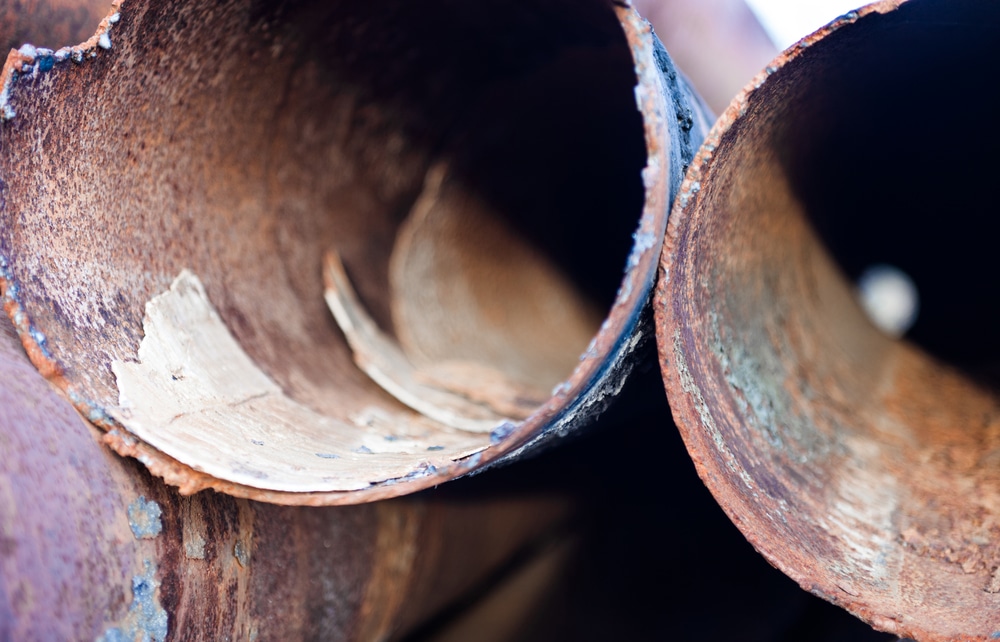
Whether your ducting is flexible or rigid, plastic or metal, there are some clear signs you can find to understand whether your ducting is old or not. We will list them below.
Metal Ducting:
- Visible damage: Look for signs of rust, corrosion, or dents on the metal surface. These weaknesses can create leaks.
- Deformation: Over time, metal ducts can become warped or misaligned due to physical stress or temperature fluctuations. This can restrict airflow and reduce efficiency.
- Disconnected sections: Check for loose or disconnected joints or seams where the metal ductwork connects. These gaps allow air leaks and potentially noise transmission.
- Reduced air flow: If you notice a decrease in airflow from vents despite having the system running normally, it could be a sign of blocked or deteriorating ducts.
Plastic Ducting:
- Cracks and tears: Plastic is prone to becoming brittle with age, so look for cracks, splits, or tears in the plastic material. These openings can cause leaks and potentially noise issues.
- Deformation: Similar to metal, plastic ducts can become warped or misshapen over time due to heat exposure or physical strain. This reduces airflow efficiency.
- Brittleness: As plastic ages, it loses flexibility and becomes brittle. This makes it more susceptible to cracking or breaking when touched or moved.
- Sun damage: If the plastic ductwork is exposed to sunlight (especially for extended periods), it can become discolored and weaken, potentially leading to cracks or leaks.
Flexible Ducting (Metal or Plastic):
In addition to the signs mentioned above for metal and plastic ducts, flexible ducting has some specific issues to watch for:
- Collapsed sections: Flexible ducts can lose their shape or collapse over time, especially if they’re not properly supported. This significantly reduces airflow.
- Disconnected ends: Flexible ducts rely on clamps or connectors to secure them to other ductwork sections. Check for loose or disconnected ends that can create leaks and noise issues.
- Dryness and cracking: Flexible ducting made of some materials can dry out and become brittle with age, increasing the risk of cracks and tears.
Rigid Ducting (Metal or Plastic):
Rigid ducts share some aging signs with their flexible counterparts, but with a focus on maintaining their shape:
- Cracked or loose joints: The focus here is on the connections between rigid duct sections. Look for cracks in the sealant or loose fittings that could allow leaks and noise transmission.
- Disconnected sections: Similar to flexible ducts, ensure all connections between rigid duct pieces are secure and sealed properly. Gaps can compromise airflow and potentially allow noise to travel.
- Internal blockages: While less common, rigid ducts can accumulate dust, debris, or even insulation particles over time, restricting airflow.
Signs of old ducting for any kind of duct
There are some additional signs that can indicate that your ducting is aging, regardless of the type that it is. This includes:
- Increased noise: Noticing an increase of noise instantly, or over time can be a sign in a reduced efficiency of your ducting or HVAC system.
- Mould: If mould is growing inside your ducting, it can become a serious health hazard. Mould in your ductwork is a clear sign that there is an issue within your ducting or HVAC unit.
- Increased energy bills: If your ducting is too old, or damaged, it can force your HVAC unit to work harder than it normally had been, this will result in a higher energy bill than usual.
Where can I find replacement ducting?
I-Sells is an established and trusted provider of ducting, sealant, ventilation solutions and much more! Simply click this link to see our range of items available. Whether you are buying it for yourself, or you are a HVAC expert, and everything in-between, we cover almost every possibility.
Struggling to figure out which option works best for you? Not to worry! Simply contact us about your enquiry, and we will try our best to help you find a solution that helps you to breathe a little more easily, literally!
Can anyone install ducting?
For domestic settings, depending on the complexity of the installation, it is possible for almost anyone to install ducting themselves. However, any electrical installations must be completed and checked by a qualified electrician.
Regarding ducting, we would generally recommend that you use the services of an expert to install it. Professional installers will be sure to…
- Make sure your ducting is the right fit for the HVAC item you are using.
- Ensure that installation of the ducting does not damage the structure or any internal components of the building.
- Check to make sure the HVAC item is working with the ducting as it should.
Purchase ducting today
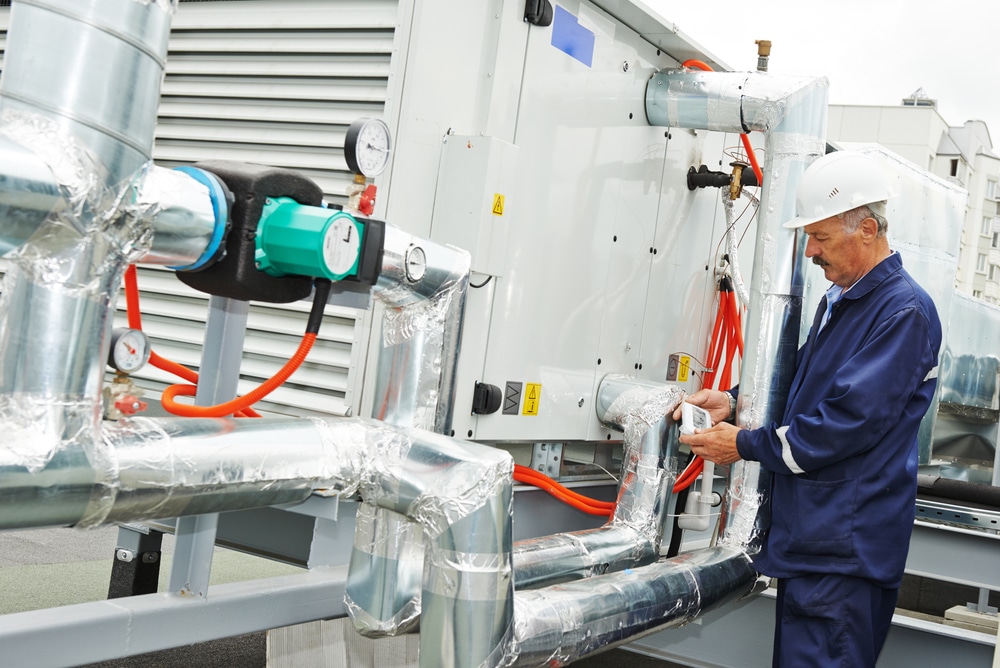
At I-Sells, all things ventilation and ducting related is our speciality, we are here to answer the questions we know are common for those new to HVAC and what it encompasses.
We at I-Sells endeavour to ensure our customers have all the information they require before investing in our mould solutions. Be sure to visit our blog page to learn about the vast array of factors and issues surrounding ventilation, mould, condensation, and much more.
Within this blog, we hope to have answered the question ‘Is my ducting getting old?’ Whilst providing you with supplementary information to help you going forward.
We understand you may have more questions, do not hesitate to contact us for more information about whatever you need our help with. If you’d like to email us, click here. For other contact options, see below:
Call us on 020 8463 9696
Visit us at our showroom:
*OPENING TIMES*
Monday – Friday: 8:00 am to 5:30 pm
Saturday: 9:00 am to 12:00 pm
Sunday: Closed
15 St John’s Parade
Sidcup, Kent
DA14 6ES
United Kingdom

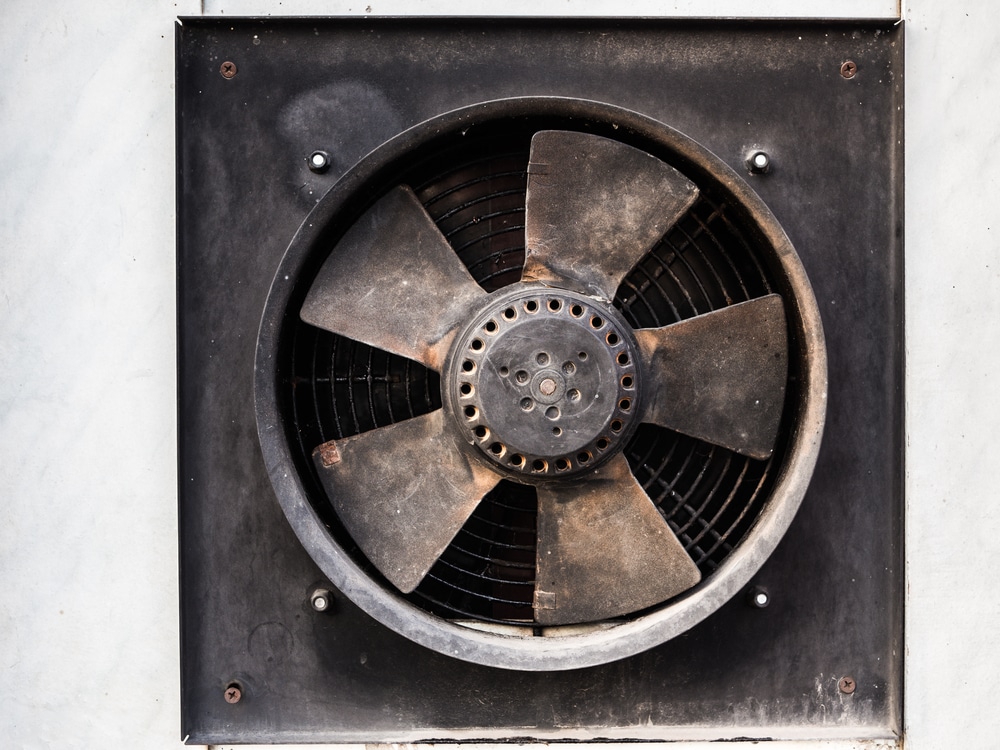
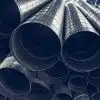
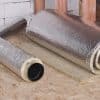
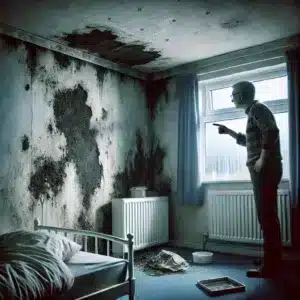
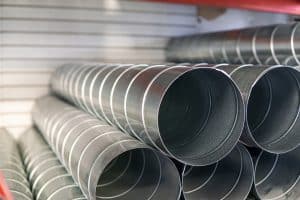
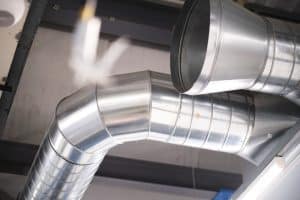





















Add comment
You must be logged in to post a comment.